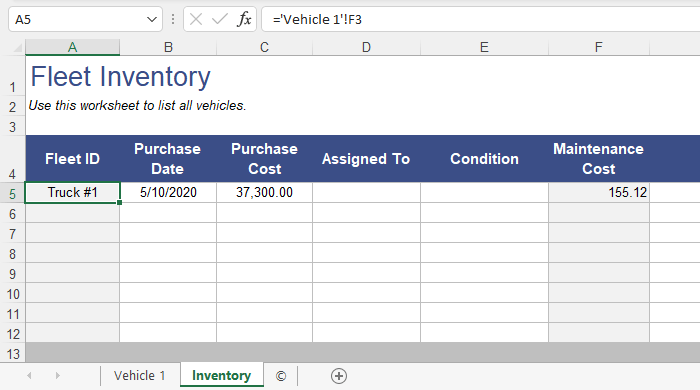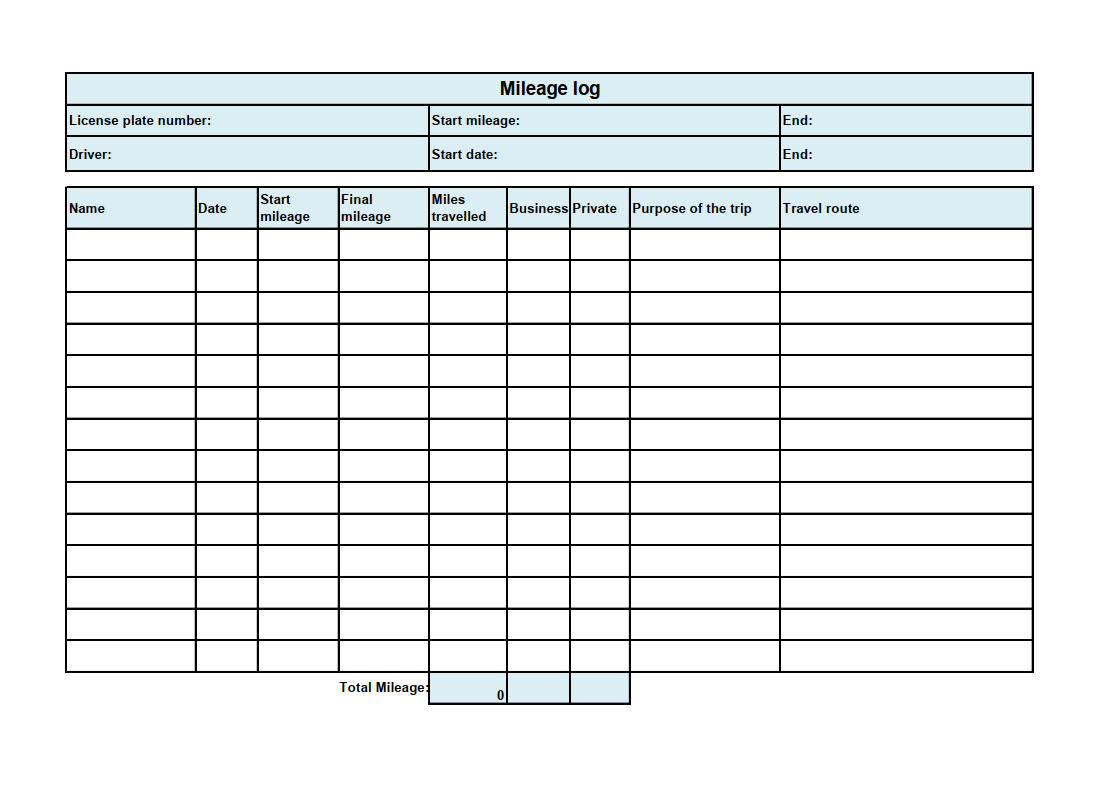
A Log Book: An Essential Element for a Smooth Car Sale
It’s a familiar scene: you’ve decided to sell your trusty car, and you’re ready to put it on the market. But before you snap some photos and list it online, there’s one crucial step you need to take: create a log book.
A log book is a comprehensive record of your car’s maintenance history, including all repairs, replacements, and servicing. It’s an essential document that provides potential buyers with peace of mind and gives you a leg up in negotiations. Without a log book, you’re essentially asking buyers to trust you based solely on your word – and in today’s market, that’s not always enough.
Why You Need a Log Book
A log book serves several important purposes:
- It provides a detailed history of your car’s maintenance. This includes everything from oil changes and tire rotations to major repairs like engine work or transmission replacements. It allows potential buyers to see that your car has been well-maintained and that you’ve taken good care of it.
- It can help you get a higher price for your car. A well-maintained car with a detailed log book is more likely to attract serious buyers who are willing to pay a premium. It shows that you’re a responsible owner who has taken the time to keep your car in good condition.
- It can help you avoid disputes with buyers. In the event of a problem with the car after the sale, a log book can provide documentation that you’ve fulfilled your obligation to maintain it properly. This can help you resolve disputes quickly and fairly.
Tips for Creating a Log Book
Creating a log book is not difficult, but it does require some effort and organization. Here are some tips:
- Start early. Start keeping a log book as soon as you buy a car. The more information you have, the better.
- Be consistent. Log every single maintenance event, no matter how small. It’s also helpful to note any unusual occurrences, such as strange noises or performance issues.
- Keep it organized. Use a binder or spreadsheet to keep your log book organized. You may also want to create a digital copy for safekeeping.
- Include receipts. If you have receipts for maintenance or repairs, be sure to include them with your log book. This will provide additional proof of the work that has been done.
FAQs
- What information should I include in my log book?
- Include the date of each maintenance event, the mileage at the time of the event, a description of the work that was done, and any receipts or documentation you have.
- How long should I keep my log book?
- Keep your log book for as long as you own the car. It’s also a good idea to keep it for a few years after you sell the car, in case there are any disputes.
- What if I don’t have any receipts for maintenance or repairs?
- If you don’t have receipts, you can still create a log book. Just be sure to include as much information as possible, including the date of the event, the mileage at the time of the event, and a description of the work that was done.
Conclusion
Creating a log book is a simple but effective way to increase the value of your car and make it more attractive to potential buyers. It provides a detailed history of the car’s maintenance, which gives buyers peace of mind and helps you get a higher price. So if you’re planning to sell your car soon, be sure to take the time to create a comprehensive log book.
Are you interested in the topic of log books and car sales? Let me know in the comments below.

Image: proper-cooking.info